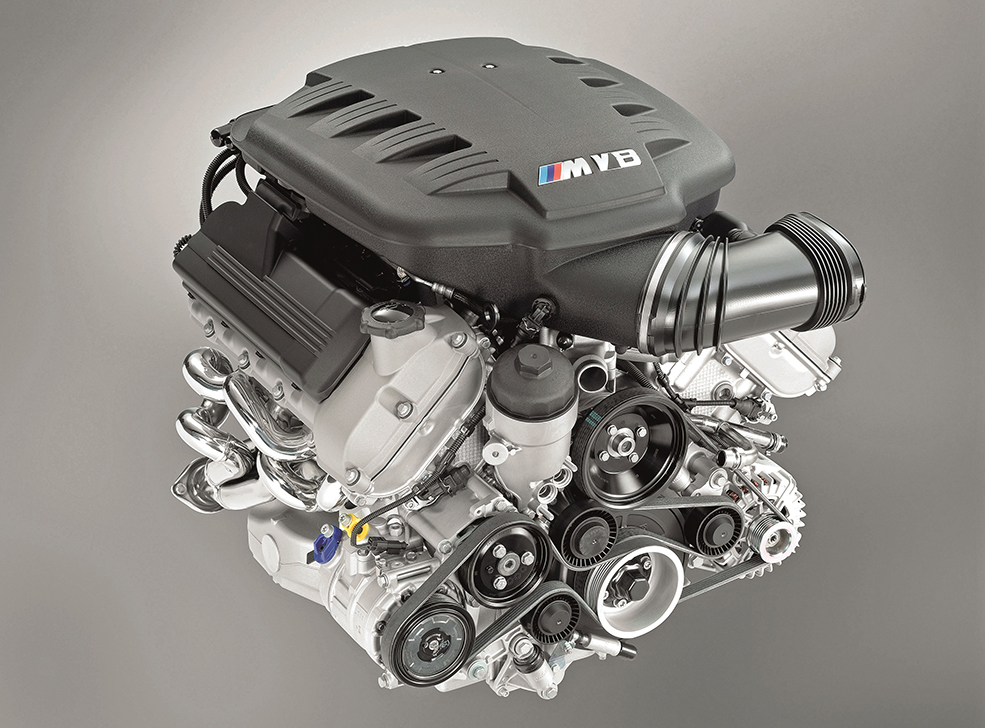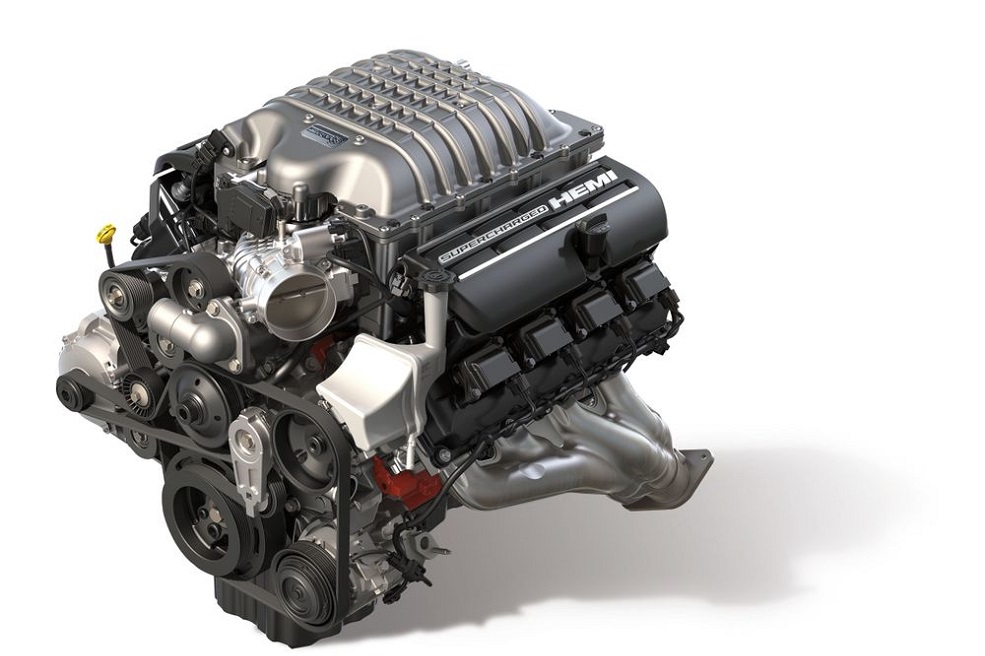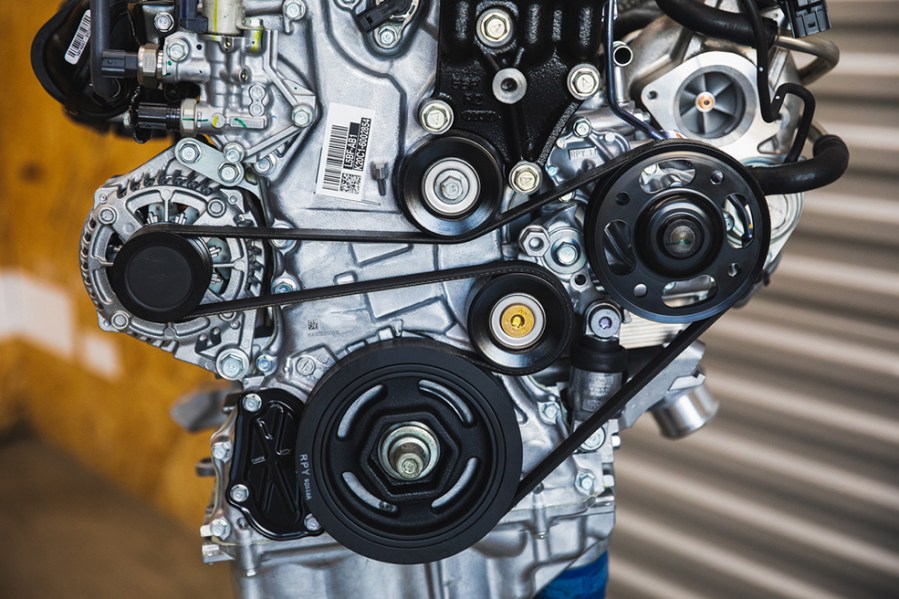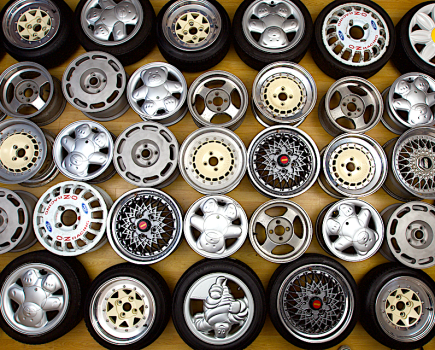All cars have a serpentine belt, but do you really understand what it does? Read on to learn everything about them and how to replace one.
While there are millions of engines out there, one thing almost every single internal combustion engine has in common is a serpentine belt. This is the long drive belt that snakes (hence the name) around the front of your engine around multiple pulleys. It runs most of the mechanically driven accessories on your car; if you’re on top of your car maintenance, it’s something you’ll likely already know. This typically includes the alternator, power steering pump, water pump, radiator fan and air conditioning pump. It can also sometimes run things like emissions air pumps and even superchargers. Be sure to check out our guide to engine belts for more info on the belts that drive your car.
Before the serpentine belt existed, cars tended to have multiple but less flexible belts. There would be one for each accessory that needed powering. However, with modern setups, almost all cars have one or sometimes two belts to run everything. This makes it a much more compact package.
On the basis of things, the serpentine belt is a simple item, but in reality things are far more complicated than they first seem. This is especially true when you have to replace one for some reason! Having said this, once armed with the knowledge that this feature will give you, the confusion and misunderstanding that drive belts so often give, whether you just need a standard replacement or something special for as custom setup, will be no longer.

What happens if my serpentine belt breaks?
Unlike your cambelt, if your serpentine belt fails your engine will continue to run and not instantly be damaged. However, that doesn’t mean you should continue to drive! If your belt fails you should stop driving as soon as possible or you risk being stranded at best, or suffer serious engine damage at worst.
Some things such as the air conditioning or emissions air pumps won’t affect the drive of the car. However, if it runs your power steering pump then the steering will become incredibly heavy, so much so it’s dangerous to drive on many cars. With your alternator no longer operating, the car may seem fine for a short time. However, the electrical system will continue to drain the car’s battery. Before long, the car simply won’t operate. Most importantly, though, on the majority of cars the serpentine belt also runs the engines water pump. Without that working, the engine will rapidly overheat, usually leading to expensive engine damage.
It’s also worth bearing in mind that if your serpentine belt breaks, the remains of it flailing around can potentially damage other components. It’s well worth keeping an eye on your belts condition and change it at the recommended schedule, if not sooner. The cost of a new belt is far less than it would be to repair the potential damage caused by it failing.
How do I know what serpentine belt I need?
If you simply need to replace your belt with a standard one, things couldn’t be simpler. With most distributors, you can either give them your car’s details or registration number and they can give you the correct belt with ease.
But what if you have a modified car that needs a different belt as you’ve deleted or changed a part and the factory belt is now too long or short? Well this is where most people’s confusion exists. In reality though, it’s generally quite easy to get the one you need, so let us explain…
What most people don’t realize is serpentine drive belts use an industry standard part numbering system. This consists of a number, then the letters PK, then a three or four digit number, 6PK1234 for example.
The first digit is the amount of ribs the belt has. So if you need a 4 rib belt, the first digit is a 4, if you need a 6, it’s a 6, and so on. And all the digits after the PK are the length of the belt in millimeters. Going back to the example we gave, a 6PK1234 belt will be a six rib belt with a length of 1234mm.
You’ll be happy to know there’s an incredible amount of belt lengths available, so getting one close enough to your required size is almost never a problem. Now you know the numbering system, any good parts distributor can find you the closest one even if they don’t know how numbering system works themselves!

My belts are slipping! Why?
Generally, factory serpentine belt setups rarely slip, far less easily than older drive belt designs. However, that doesn’t mean it isn’t possible, and it could be for a variety of reasons.
Fluid contamination from an oil or similar leak on your car is an obvious one. While sometimes it can be removed with brake cleaner, often the battle to remove it all is more than it would be just to replace the belt.
While most factory serpentine belts use an automatic belt tensioner, if the tensioner is worn out or it happens to have a manual one that isn’t set correctly, it can create slippage. This is one of the most common forms of slippage. New tensioners tend to be relatively cheap so it’s worth replacing it along with the serpentine belt so you don’t suffer from issues.
Lastly, if one of the accessories the belt is trying to drive takes a massive amount of force to turn, this can create belt slip. The reason for this is generally because that accessory has an issue and is seizing up and needs replacing. However, it can be for a less common reason too; modified supercharged engines! If you’ve got a blower on your motor that’s driven from a serpentine belt, and you’ve changed the pulleys to increase boost pressure, you increase the risk of the belt slipping due to the extra force needed to turn the supercharger at higher rpms and boost pressures.
In this case, the solutions tend to be either spraying anti-slip fluid on the belt, increasing the belt tension somehow, or re-designing the belt route so it wraps more around the supercharger pulley, increasing its grip on it.
How to change a serpentine belt
While we can’t give an exact how-to as all vehicles are different, we can give you the basics. Thankfully, on most cars it’s a relatively easy DIY job with only simple tools and knowledge.
The issue that can make it tricky is access. On some cars it’s easily accessible in the engine compartment without removing any other components. However, on some cars there’s trim, fan shrouds, fans, and so on that must be removed to get suitable access.
Provided there’s access, to remove you simply need to release the tension from the belt. This is done by manually holding the spring loaded tensioner back using a spanner or ratchet. With the tension released the belt will simply pull off, and then fitment is a reverse of removal.
The routing of the serpentine belt around the pulleys can be complicated. We’d strongly advise either drawing yourself a diagram of the belt routing before you remove the old one, or find a diagram online as it’s easy to get confused!
How much does it cost to replace a serpentine belt?
It’s tough to give an exact estimate to the costs involved, mainly because each car is different. However, the belt itself is a relatively inexpensive item, which you should be able to purchase for around $/£50. If you do the work yourself, of course the overall cost is brought right down. If you require a mechanic to do the work, then you should expect to pay around $/£150, giving us a total price of around $/£200.
Looking to buy a serpentine belt? Visit Advance Auto Parts and specify your vehicle to display the correct products for your car.




